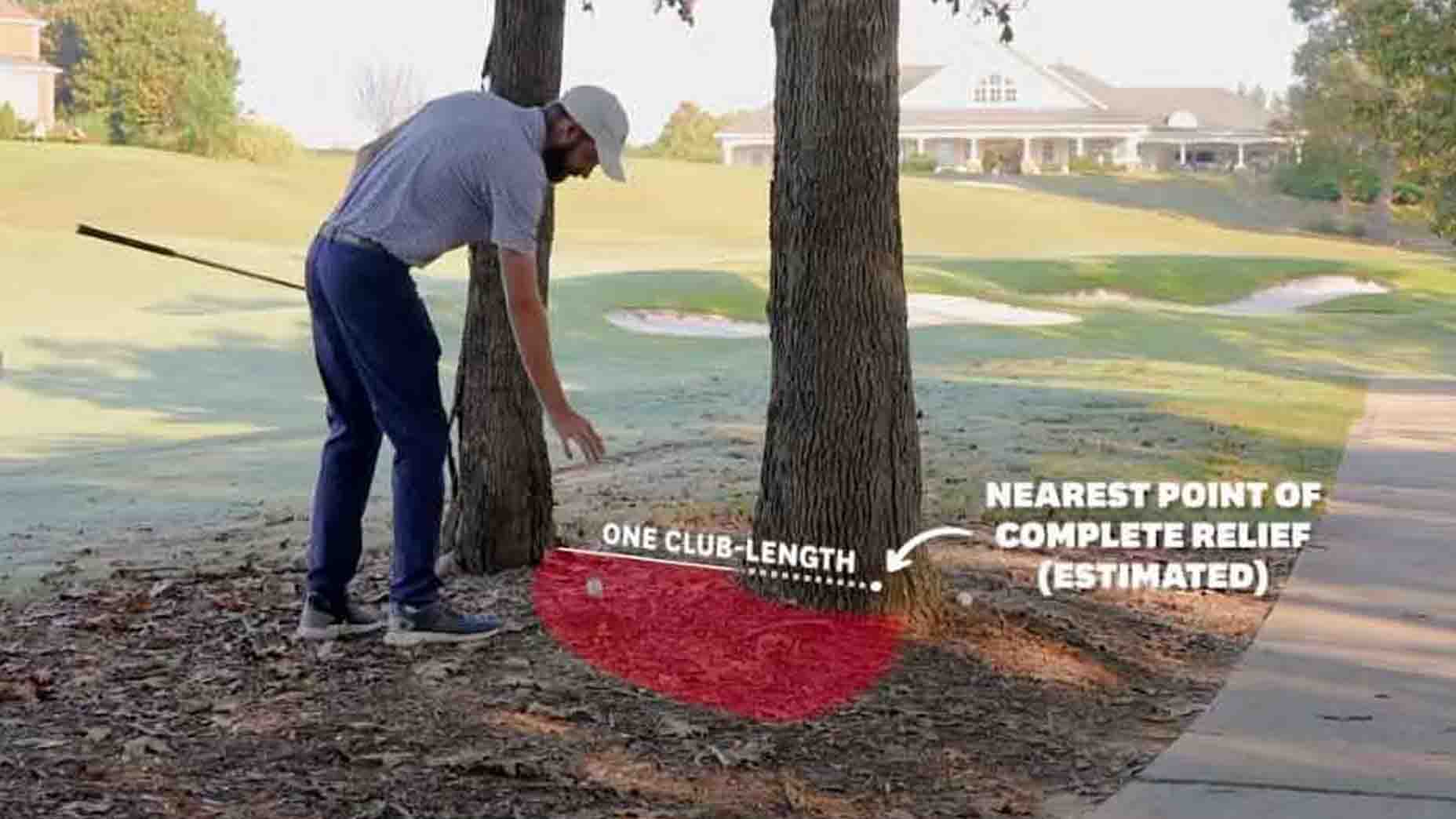Golf tournament rules officials have been known to describe their jobs as hours of boredom interrupted by moments of sheer terror. Luckily, those moments don’t last long.
Maybe that comes as a surprise to you.
Among fans, rules decisions are widely perceived as time-consuming affairs that hold up play and bog down TV coverage.
But new data presents a different picture.
The findings come from a year-end survey by the USGA, which compiled statistics on rules decisions from the organization’s 15 championships in 2024.
Those events yielded a total of 2,039 rulings, many of which were over and done with faster than some pre-shot routines. On average, it took rules officials 35 seconds to arrive at the site of a rules incident, and another 1 minute and 39 seconds to come to a decision. Total elapsed time: 2 minutes and 14 seconds.
“I think people may be surprised at how fast our average ruling time was across all championships,” said Kathryn Belanger, USGA director of rules-championships. Most situations, Belanger said, are “quick interactions with players to ensure that everything is done correctly.” What’s more, she added, other players in the group often play ready golf as rulings unfold, so the action continues even when decisions themselves drag on.
Which, of course, they can. Because those outlier events tend to attract media attention, they can wind up skewing public perception of how long most rulings actually take. Think, for instance, of the high-profile incident in the final round of the 2023 U.S. Open, when Rory McIlroy’s ball embedded in the grass above a green-side bunker, or the decision involving eventual winner Jordan Spieth at the 2017 Open Championship, which took 20 minutes as Spieth and rules officials worked out the complicated details of line-of-sight relief.
The vast majority of rulings are more straightforward.
This past year, the most common rule applied in USGA championships was Rule 17.1, which deals with options for a ball in a penalty area. Those decisions accounted for 657 rulings. The second most common rule applied was Rule 16.1, which concerns cases of abnormal course conditions, such as a ball coming to rest on a cart path. Those decisions accounted for 578 rulings.
All of this information was collected digitally, a practice that the USGA adopted during Covid to eliminate paper but which has also helped streamline how championships are run. The data is reviewed in real-time, allowing tournament organizers to beef up support in areas of the course that require it. The information is also shared with rules officials after each round so that they can station themselves on the course accordingly the next day.
As recreational golfers, the rest of us can’t count on guidance from tournament officials. But the same rules apply. The more familiar we are with them, the more enjoyable the game becomes, as we can make decisions quickly and play on.










